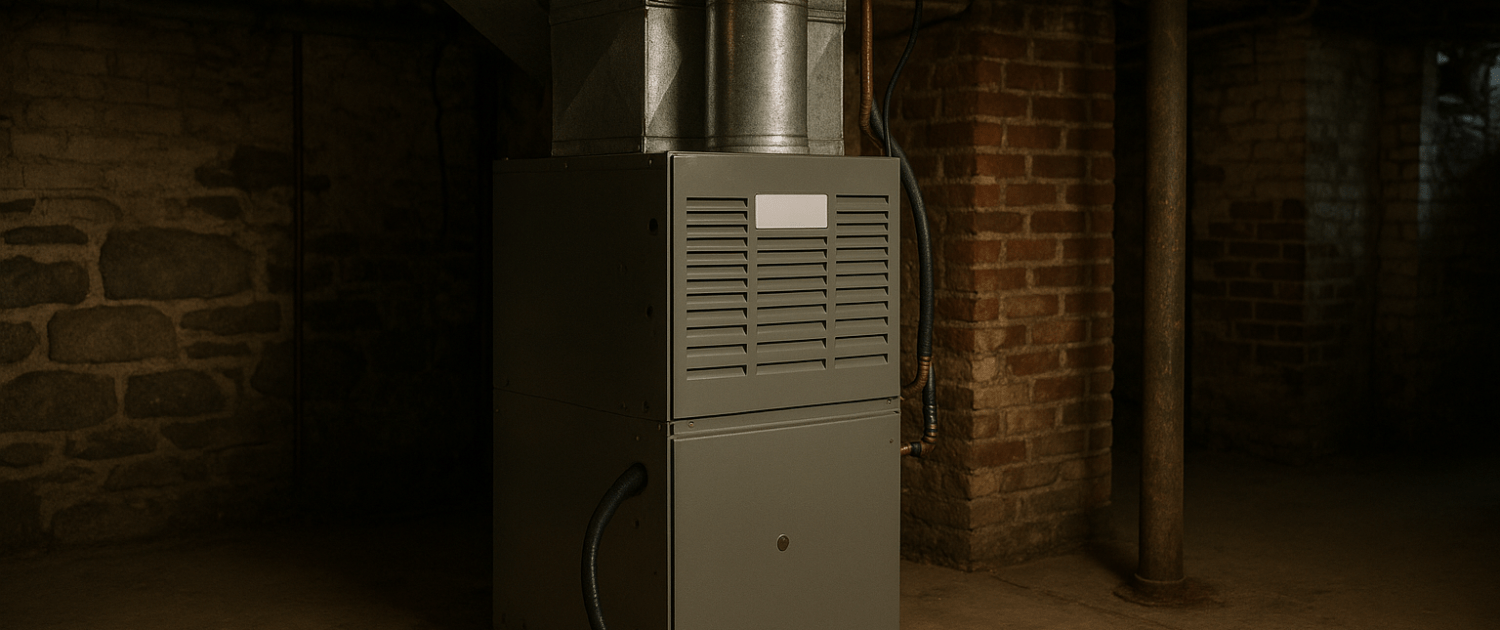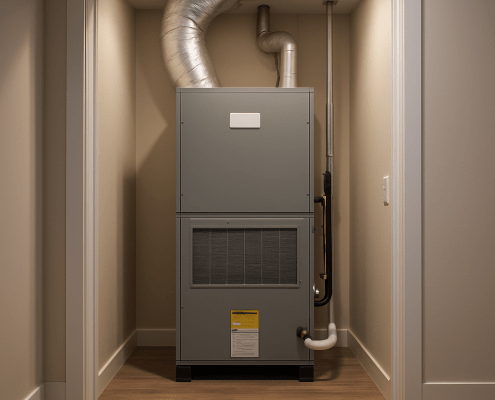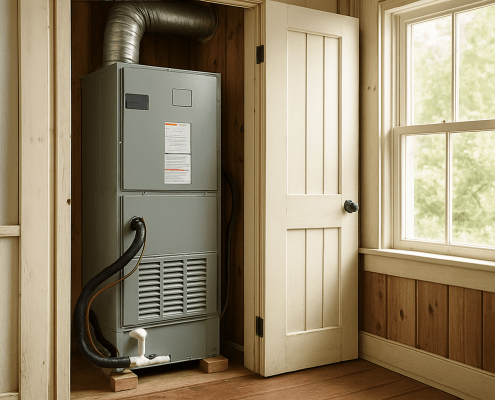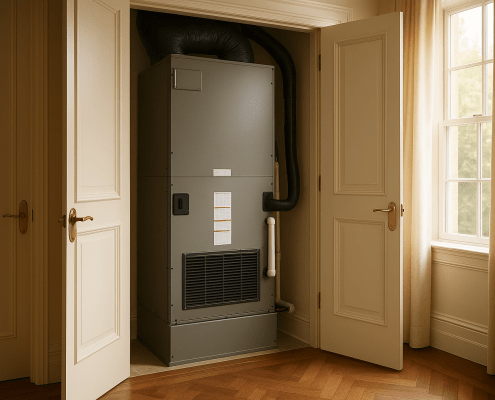How to Get Rid of a Musty Smell from Your Central AC System
Steven E / Monday June 30, 2025
If you’ve turned on your central AC and been hit with a funky, musty smell, you’re not alone. It’s a common issue for homeowners, especially in humid climates or after long periods without use. The good news? This issue is fixable without a costly service call. In this guide, we’ll break down why your AC might smell musty, how to troubleshoot it yourself, and what steps you can take to eliminate the odor for good.
The information in this article may not apply to your specific appliance model. We recommend consulting your manufacturer’s documentation or contact us with any questions.
What Causes That Musty Smell?
Before you grab your tools, it helps to know what you’re dealing with. A musty smell usually means excess moisture somewhere in the system, which encourages mold, mildew, or bacterial growth. Here are the most common causes:
- Dirty or clogged air filter
- Blocked condensate drain line
- Standing water in the drain pan
- Dust or mold on the evaporator coil
- Excess moisture inside the ducts
Replace the Air Filter
A dirty air filter restricts airflow and traps moisture, which can lead to mold buildup and stale smells.
What You’ll Need:
- Replacement air filter (make sure it’s the correct size for your system)
What to Do:
- Turn off your HVAC system at the thermostat.
- Locate the return vent or indoor unit.
- Slide out the filter.
- If it’s dirty, discolored, or damp, throw it out and insert a new one.
Pro Tip: Check your filter monthly and replace it at least every 3 months, or more often in high-use seasons.
Clear the Condensate Drain Line
When your AC removes humidity from the air, it drains that water through a small PVC pipe. If that pipe gets clogged, water backs up and creates a breeding ground for mold.
What You’ll Need:
- Wet/dry vacuum
- White vinegar or bleach
- Funnel or small measuring cup
What to Do:
- Locate the drain line outside your house, it usually looks like a short pipe sticking out near the foundation.
- Attach your vacuum to the end of the pipe and run it for 1–2 minutes to suck out any clogs.
- Inside, find the vertical drain pipe near the indoor unit (often with a removable cap).
- Pour in 1 cup of vinegar or diluted bleach to kill off mold inside the line.
- Let it sit for 30 minutes, then flush with water.
Pro Tip: Do this once every 3 months to prevent future clogs.
Clean the Drain Pan
The drain pan sits underneath the evaporator coil and catches condensation. If it gets dirty or starts growing mold, that smell will move through your vents.
What You’ll Need
- Dish soap or mild detergent
- Old rags or paper towels
- Bucket of warm water
- Spray bottle (optional)
- Flashlight
What to Do:
- Remove the access panel on your indoor AC unit.
- Use a flashlight to inspect the pan, look for standing water or mold.
- Use rags to soak up any water.
- Scrub the pan with soapy water.
- Spray it down with a disinfectant if needed.
Clean the Evaporator Coil
Your evaporator coil is the cold surface that absorbs heat and humidity. It can also trap dust and moisture, leading to mold growth and musty air.
What You’ll Need:
- No-rinse foaming coil cleaner (available at hardware stores)
- Screwdriver (to open access panel)
- Flashlight
What to Do:
- Shut off the AC at the breaker and thermostat.
- Open the access panel to the evaporator coil (usually located in the indoor unit).
- Shine your flashlight to look for dust, grime, or mold.
- Spray the coil thoroughly with the foaming cleaner.
- Let it sit and drain naturally, no rinsing required.
Clean the Vent Covers and Duct Openings
Even if your ducts are clean deeper inside, musty smells can come from dust and debris on vent grilles and just inside the duct openings.
What You’ll Need:
- Screwdriver
- Vacuum with a hose attachment
- Soap and water or disinfecting wipes
What to Do:
- Unscrew and remove vent covers.
- Vacuum inside the opening as far as the hose can reach.
- Wash or wipe down the covers thoroughly.
- Let everything dry before reinstalling.
Pro Tip: If you can see visible mold or smell mildew coming from deeper inside the ductwork, you may need professional duct cleaning. But basic surface cleaning can go a long way.
Reduce Indoor Humidity
If your house stays humid, your AC will keep dealing with moisture, creating the perfect setup for musty smells to return.
Easy Fixes:
- Use a dehumidifier, especially in damp basements.
- Run exhaust fans in bathrooms during and after showers.
- Make sure windows and doors seal properly to keep humid outdoor air out.
- Avoid running the AC fan in “On” mode; use the “Auto” setting instead to limit moisture buildup.
Where To Find Us
If you need any replacement parts for your appliances, you can enter your model number at AppliancePartsPros.com to locate and order them quickly. Most orders arrive in just two business days, and we have tons of great information in our repair help section and YouTube videos to help you troubleshoot.
Stay connected with the latest DIY tips, tutorial videos, and repair guides by following us on Facebook, Instagram, and Twitter. We love hearing about your repair stories and successes. If you need more help or want personalized guidance, feel free to reach out. We’re ready to help you take on your next project with confidence!
With nearly a decade of experience in providing top-notch customer service regarding appliance parts and repair, Steven enjoys sharing practical advice, troubleshooting tips, and interesting information to help readers stay informed.





